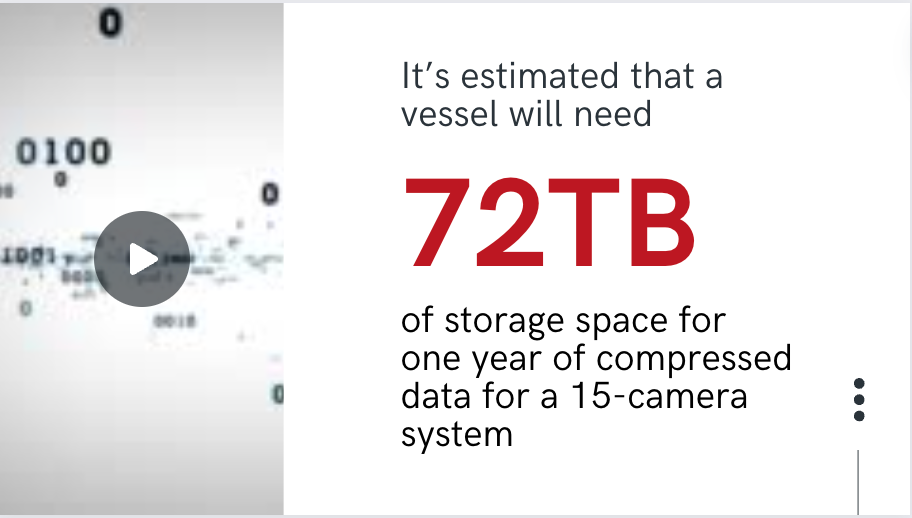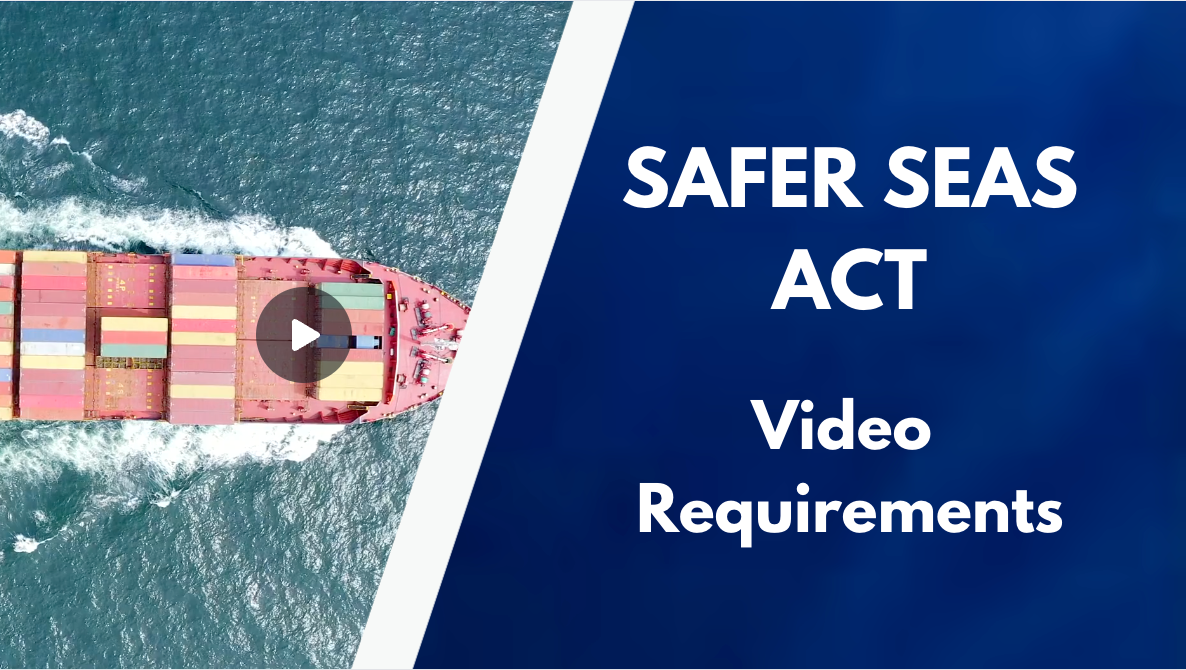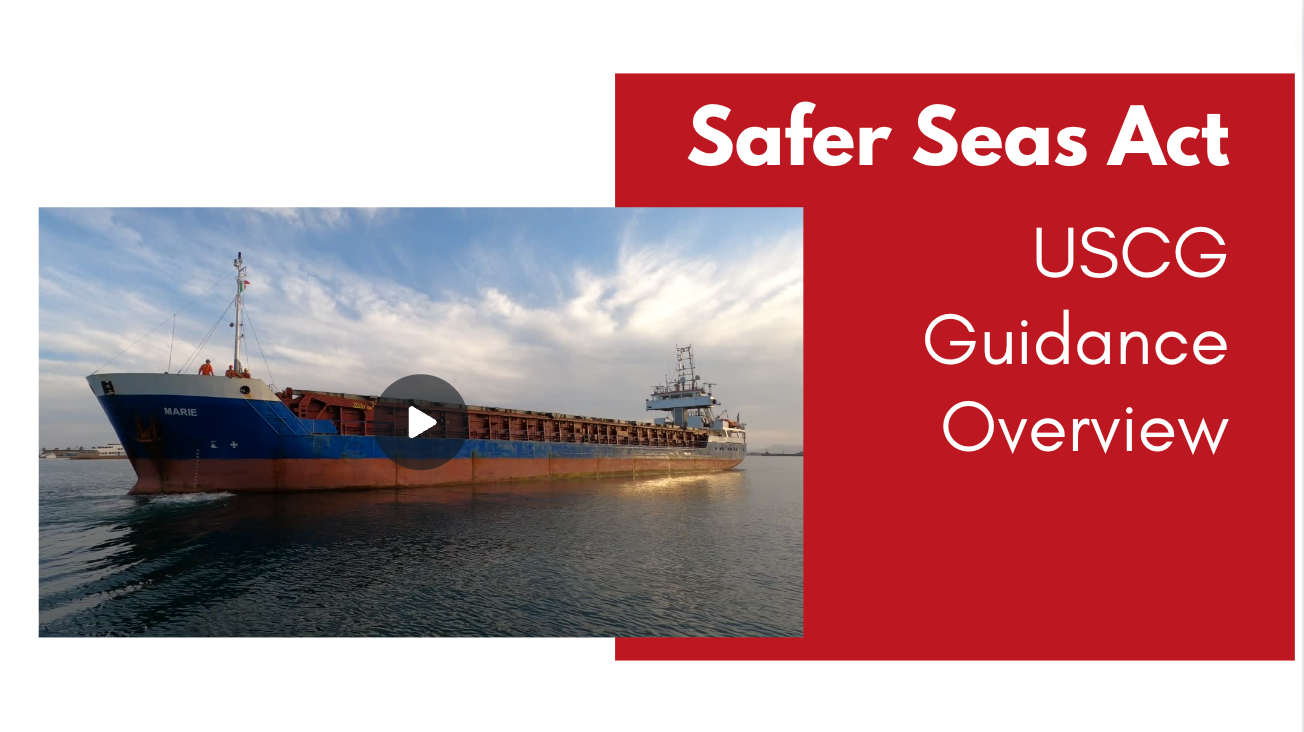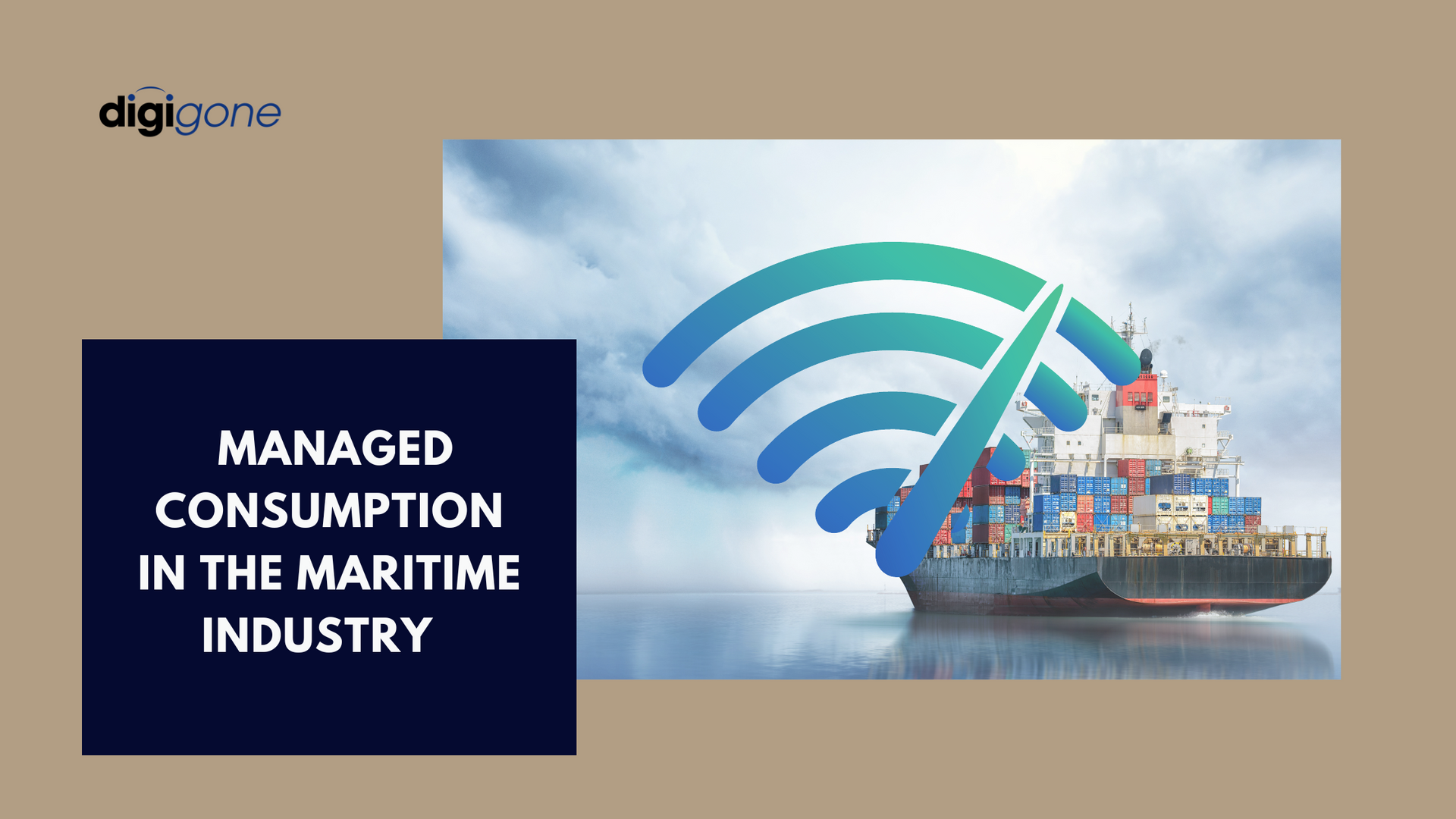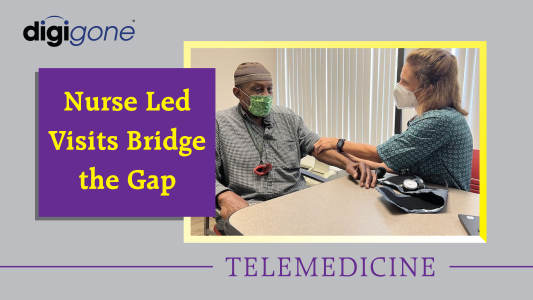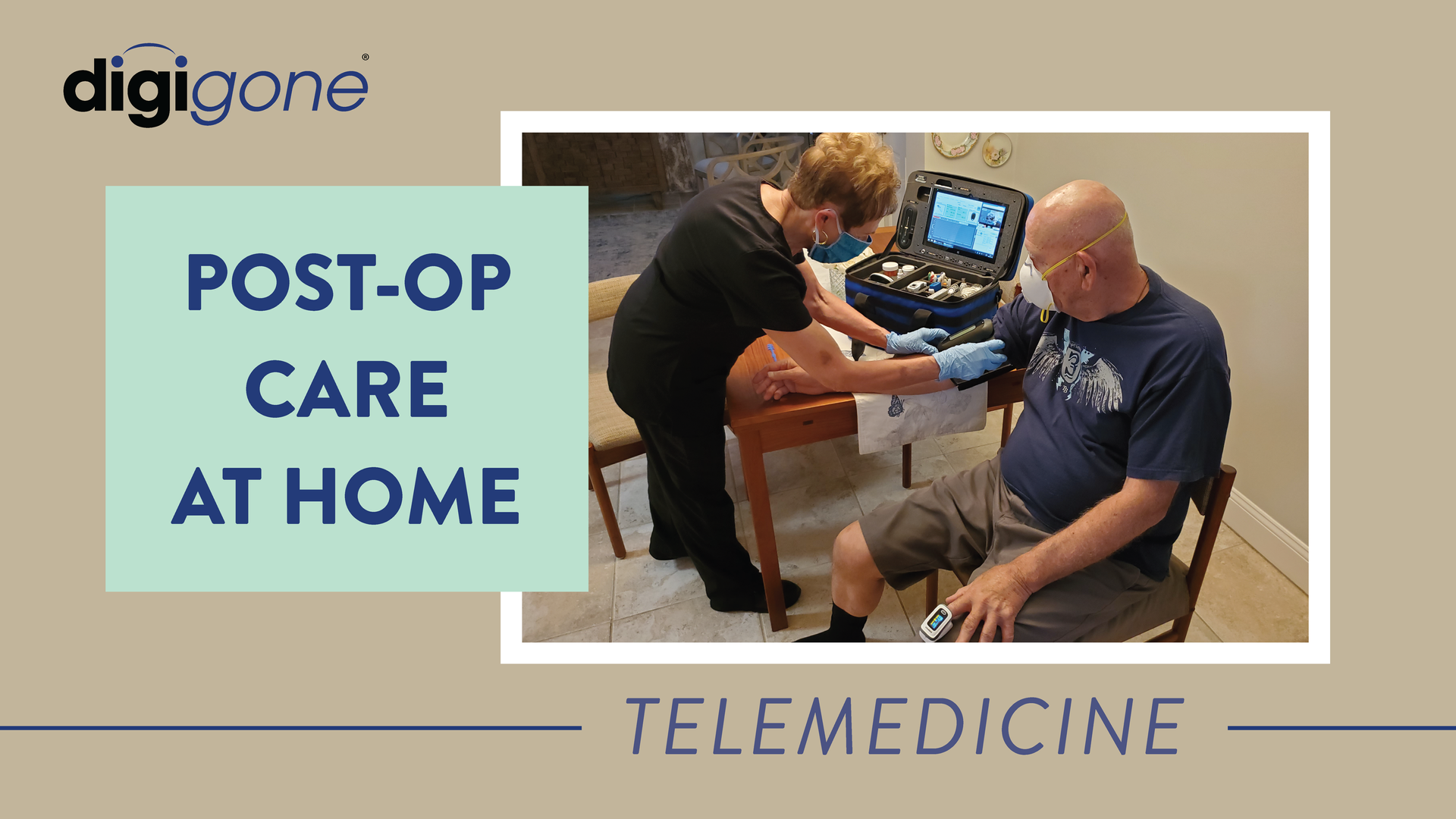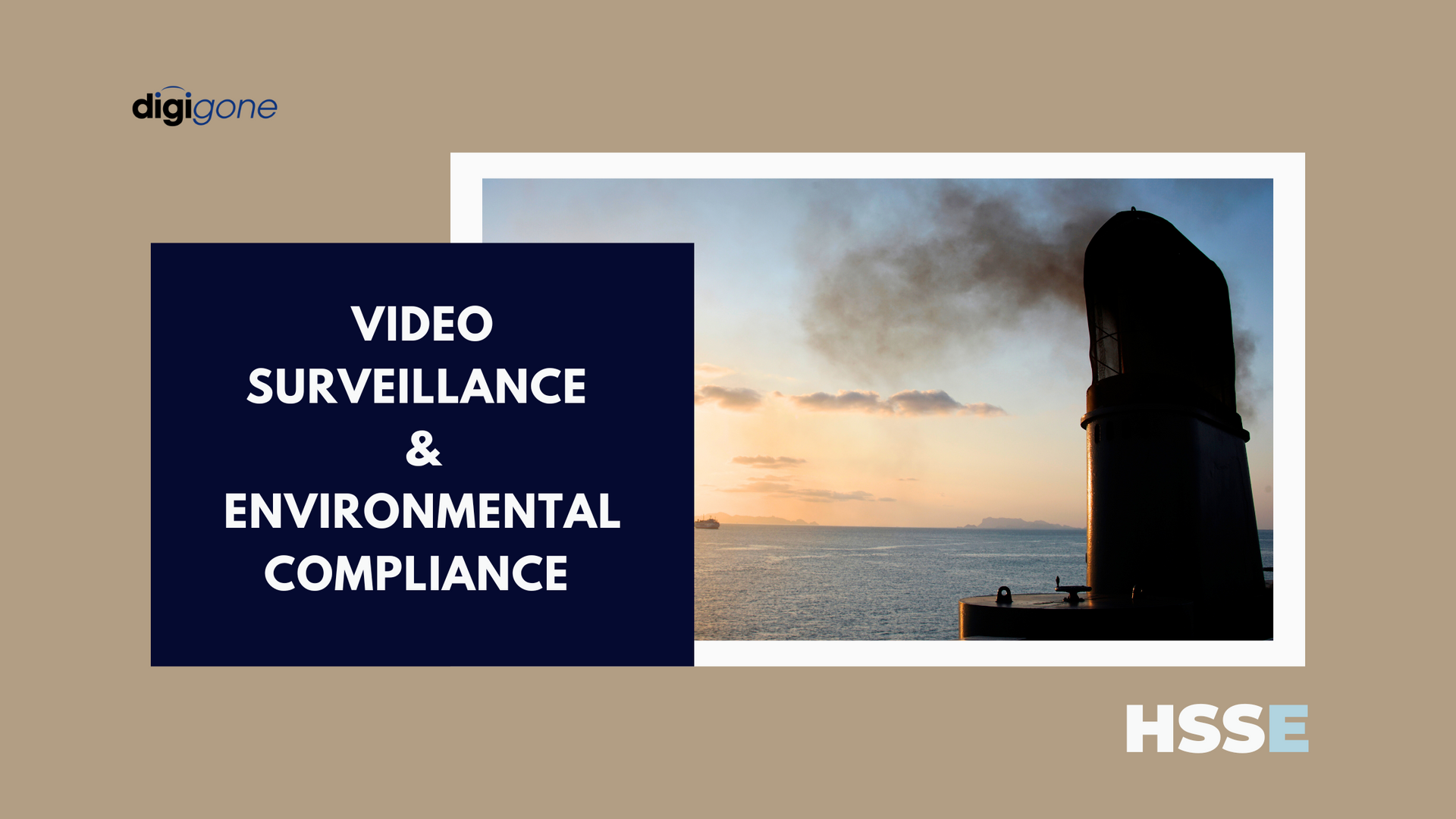The Value of Being Able to Remotely Monitor Assets From the Other Side of the World
September 26, 2019
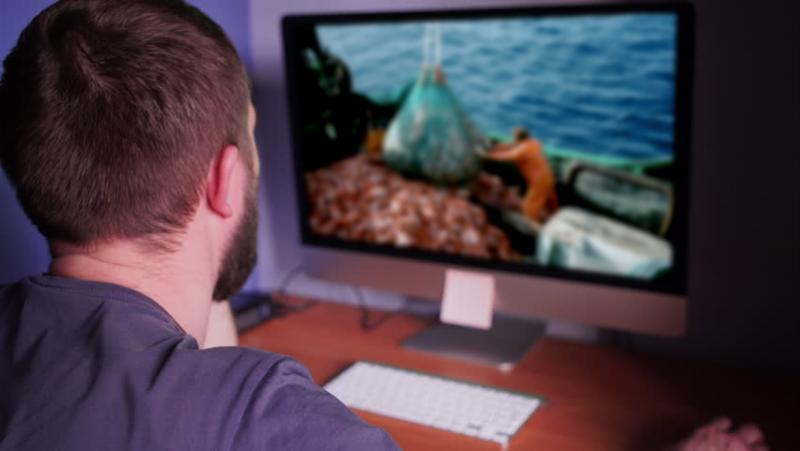
You already know the benefits of closed-circuit television (CCTV). Companies that engage in business overseas in hostile and destabilized regions know all too well how important security and deterrence are in preventing crime.
Whether your company operates container ships, bulk carrier ships, tankers, fishing vessels, oil rigs, or buoys, you need to protect the assets and resources that your company has so heavily invested in.
Remote monitoring systems
offer your business additional flexibility and accessibility when it comes to your security systems.
But what are the real advantages of these systems?
1. Improve Theft Deterrence, Detection, and Operational Efficiency
The goal of any security system is to deter a threat. Petty criminals may reconsider committing a crime if they know they are being recorded.
But that doesn’t always stop every threat. That’s where the second major benefit of a remote surveillance system comes into play—threat detection.
Having the ability to detect a potential threat as its happening can improve your ability to respond to it.
One feature that modern remote surveillance systems should offer is the ability to capture still images of critical locations on your vessels, including areas like hatches, fuel doors, movement in a restricted area, activation of heavy equipment, or boarding of a buoy.
Knowing when a threat has appeared allows your security teams to notify key decision-makers. This can improve response times and your ability to mitigate threats as they occur. Security teams can even trigger alarms to notify on-site crewmembers to potential threats.
2. Reduce Your Liability With Verifiable Evidence
One often overlooked benefit is the fact that your remote surveillance system can reduce your liability by proving where your vessel was located at the time of an incident and what actually occurred.
The employee who oversees your remote surveillance system can be located anywhere. Whether they are located ashore, in the United States, or elsewhere, they should have the same control over the system regardless of their location. They can monitor specific areas, adjust camera or system configurations in real-time, and gather valuable data.
All of this data will provide you with accurate records of what transpired during an event. You can use this data to assist you in verifying your vessel’s location, provide you with the necessary documentation you need for regulatory adherence, and to disprove false claims made by authorities and crew members.
3. Realize Legitimate Cost Savings
A remote CCTV system is designed to save your company money in more ways than one. Besides reducing your liability and deterring crime, these systems provide your vessels with additional security even if you are subscribed to a low bandwidth SatCom plan.
Low bandwidth plans are a cost-effective solution that can still utilize the still image capture and transmission feature and immediately provide them to decision-makers. This feature maximizes the value of their airtime plan.
Imagine a fishing vessel receives an event alarm when the vessel’s winch is activated. The system can capture still images in three-second intervals (or however often the customer remotely programs the settings) of the location and transmit them to the vessel’s owner ashore. The monitoring station will receive the still images, while the owner will receive them directly to their mobile phone.
What do these images reveal? They show the vessel’s crane being used to load fish onto an unauthorized vessel.
Now—the owner has images that include the vessel's GPS coordinates and a time stamp. They can use those images as evidence and take the appropriate action.
A remote surveillance system should be completely programmable from a remote location. You should be able to modify the way it records and captures events based on the types of processes and variables that your company encounters.
Remote Surveillance Systems Offer Flexible Security Solutions
Every business has different needs when it comes to protecting your assets and the resources you are harvesting.
Remote surveillance systems offer your business a flexible security solution that is accurate, accessible from anywhere, and provides you with enhanced tools for your forensic investigations. You want to make sure you maximize the benefit of a system and accelerate your return on investment.

Telemedicine kits are becoming indispensable tools for home healthcare providers, particularly during transition care medical examinations (TCMs). While the initial TCM is conducted by a physician who generates revenue from the service, the telemedicine kit significantly benefits home healthcare providers by expediting patient registration for their care services. With a nurse or medical assistant deploying the kit, patients can be quickly evaluated and connected with a physician, ensuring all necessary documentation and approvals are completed more efficiently. This faster onboarding process allows home healthcare providers to register more patients in less time, helping them deliver care sooner and grow their services efficiently. The ability to “bring the doctor” to the patient through a telemedicine kit is invaluable in initiating care seamlessly. Once patients are on board, home healthcare providers can continue leveraging telemedicine technology to improve how they deliver services. The kits enable nurses and medical assistants to perform follow-up visits, diagnostics, and real-time consultations without requiring patients to leave their homes. This capability allows providers to optimize their schedules and visit more patients daily, all while maintaining a high standard of care. The efficiency gained means better coverage, smarter use of resources, and happier patients. Beyond efficiency, telemedicine kits help providers build stronger connections with their patients by making care more accessible and personalized. Providers can quickly respond to emerging health concerns, adjust care plans, and ensure ongoing monitoring—all from the patient’s home. This not only leads to better patient outcomes but also boosts the provider’s reputation for being reliable and innovative. By facilitating the registration of more patients and enhancing care once they are onboarded, telemedicine kits are powerful tools that enable home healthcare providers to expand their reach, improve operational efficiency, and thrive in an increasingly competitive market. In a rapidly evolving healthcare landscape, telemedicine kits are revolutionizing how home healthcare providers deliver care, enabling faster patient onboarding, enhanced service delivery, and stronger connections with patients. By integrating this indispensable technology, providers can streamline operations, improve patient outcomes, and position themselves as leaders in care innovation. Don’t miss the opportunity to elevate your home healthcare services. Explore how telemedicine kits can help you expand your reach, optimize your resources, and deliver exceptional care. Contact us today to learn more and take the next step toward transforming your care delivery model.
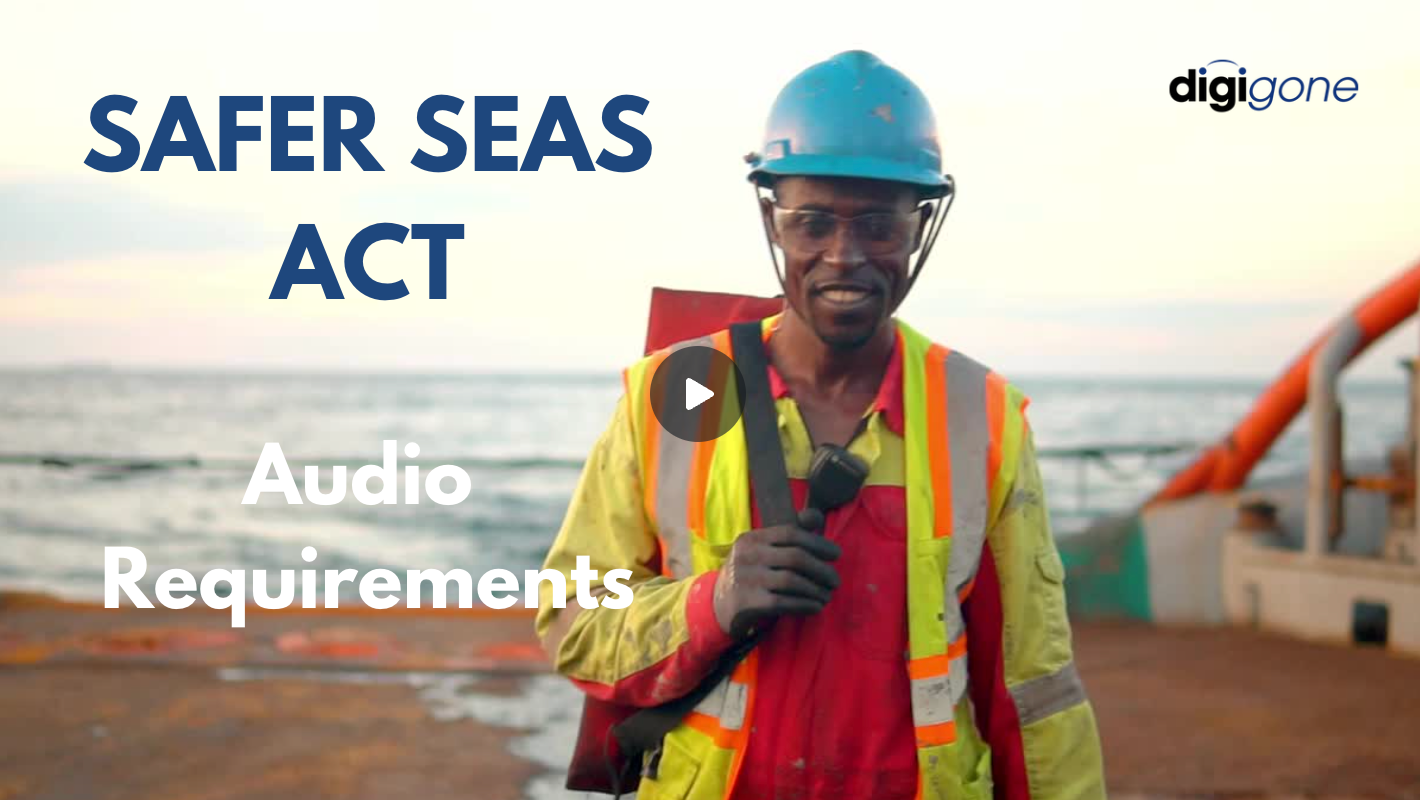
With the new Safer Seas Act, vessel companies must comply with many new regulations by the end of the year. One of those requirements includes audio equipment placed outside of hallways leading to staterooms, which DigiGone can help with. And while this may seem burdensome, these new rules will be good for vessel companies in the long run.



